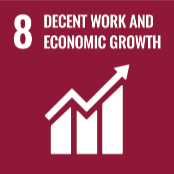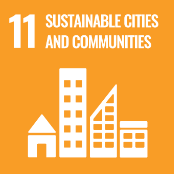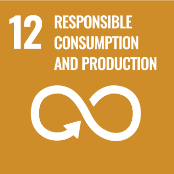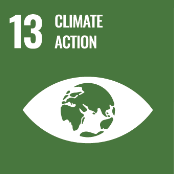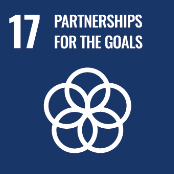The challenge of transforming for circularity centers around consumption and finite resources. Our planet's resources are limited, yet wasteful production and consumption practices continue to deplete them. The UN's World Population Prospects 2022 projects a steady growth in the global population, reaching 10.4 billion by 2100. Meanwhile, the Circularity Gap Report 2023 reveals that our global economy is only 7.2% circular, indicating a significant gap between current practices and sustainable resource use. To address this challenge, we must implement key circular actions: use less, use longer, use again, and make clean. In the context of Mobility and Transport, a crucial sector with substantial environmental impacts, embracing sustainable solutions becomes paramount. Key steps include promoting car-free lifestyles, investing in high-quality public transportation, creating safe cycling routes, and reducing air travel. By adopting circularity principles in the Mobility and Transport sector, we can reduce material consumption, decrease reliance on fossil fuels, and mitigate environmental harm. This transformation is crucial for a more sustainable and resource-efficient future. As a company, prioritizing sustainable mobility solutions not only contributes to the circular economy but also aligns with the broader goal of building a more sustainable and resilient world.
Integrate cradle-to-grave circular economy principles into every aspect of our operations, from design to manufacturing, by leveraging our integrated production, distribution, research, and value chain.
